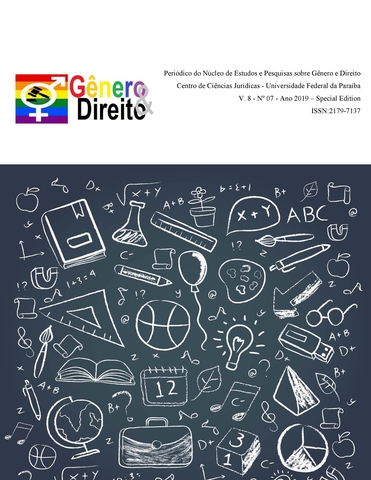CLASSIFICATION OF UNPLANNED INTERRUPTIONS DURING IT SERVICE EXECUTION AT INCIDENT LIFECYCLE MANAGEMENT
DOI:
https://doi.org/10.22478/ufpb.2179-7137.2019v8n7.49951Palavras-chave:
incident management, data classification, corporate information system, incident model, data clustering, DBSCAN.Resumo
This article focuses on the issue of software incident lifecycle management. It analyzes the standards with incident management instructions. A formal presentation of the corporate information system is performed, which allows to identify an incident location. They develop incident classification algorithm formally presented in multidimensional space. After software update, new incidents may occur that are not listed in the knowledge base. If an incident is represented by isolated cases of “non-standard incident”, then it is processed separately. If an incident is often “standard”, then an incident model is developed for it. The algorithm presented in the paper takes this feature into account and allows the development of new incident clusters based on the minimum density indicator set by the user. The minimum cluster density index is determined individually for each corporate information system, depending on the approach to incident categorization
Downloads
Referências
Free ITIL, 2016. YeSSoft.
Microsoft Operations Framework 4.0. Date Views 12.08.2019 https://docs.microsoft.com/en-us/previous-versions/tn-archive/cc506049%28v%3dtechnet.10%29.
ISACA. COBIT 2019. Date Views 12.08.2019 http://www.isaca.org/COBIT/Pages/default.aspx.
Alam, S., Dobbie, G. and Rehman, S.U., 2015. Analysis of Particle Swarm Optimization Based Hierarchical Data Clustering Approaches. Journal Swarm and Evolutionary Computation, 25: 36–51.
Jain, A.K., 2010. Data Clustering: 50 Years Beyond K-means. Journal Pattern Recognition Letters, 31: 651 – 666.
Rejito, J., Retantyo, W., Hartati, S. and Harjoko, A. 2012. Optimization CBIR Using K-Means Clustering for Image Database. International Journal of Computer Science and Information Technologies, 3(4): 4789-4793.
Niknam, T., Amiri, B., 2010. An Efficient Hybrid Approach Based on PSO, ACO and k-means for Cluster Analysis. Journal Applied Soft Computing, Elsevier, 10: 183-197.
Kailing, K., Kriegel, H.-P. and Kröger, P., 2014. Density-Connected Subspace Clustering for High-Dimensional Data. In Proceedings of the 2004 SIAM International Conference on Data Mining, pp: 246-256.
Thang, V.V., Pantiukhin, D.V. and Galushkin, A.I., 2015. Hybrid Clustering FastDBSCAN Algorithm. Proceedings of MIPT, 3(7): 77-81.
Asadullaev, R.G., Konstatinov, I.S. and Lomakin, V.V., 2018. Algorithm for Clustering Multidimensional Data in Decision Making Under the Conditions of Cluster Variation. Journal of Advanced Research in Dynamical & Control Systems, Vol. 10, 10-Special Issue. Date Views 12.08.2019 https://www.rmlconsultores.com/revista/index.php/crv/article/view/1966

